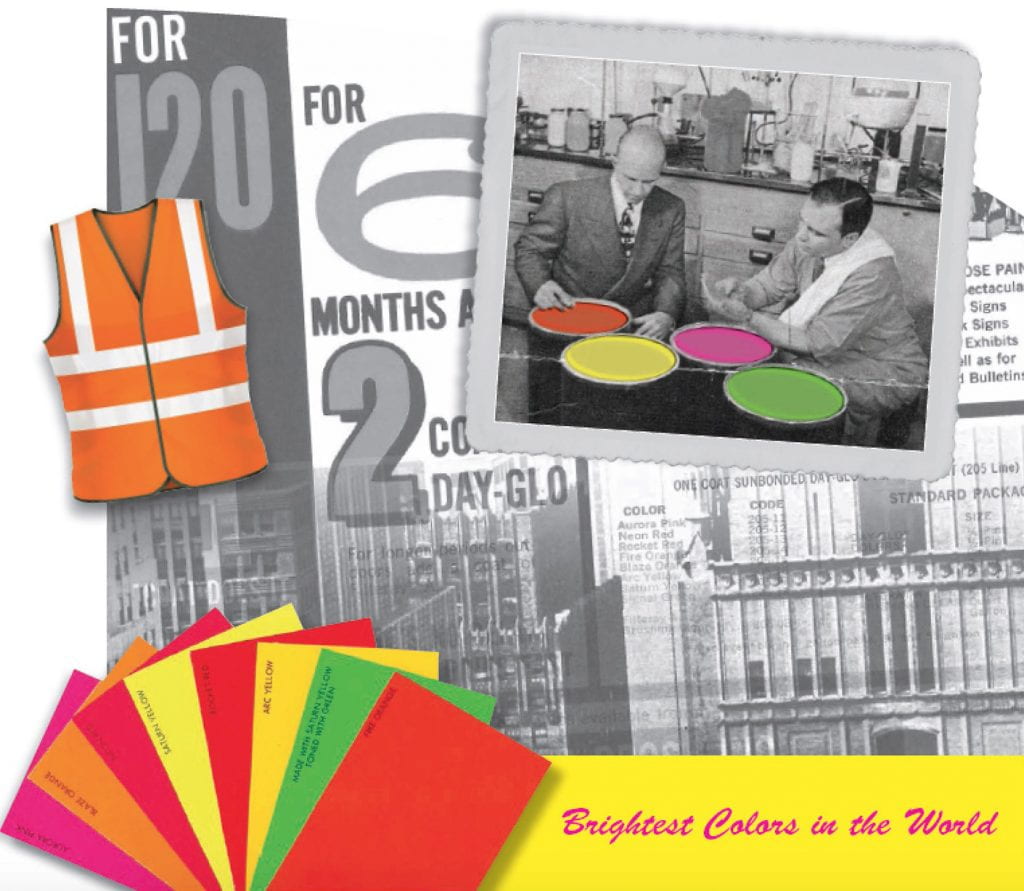A Colour A Day: Week 22
By Ruth Siddall, on 23 August 2020
A Colour A Day Week 22. 17th-23rd August
Jo Volley writes…In JL Carr’s novel A Month in the Country the protagonist Tom Birkin returning from the First World War is redeployed as a wall painting conservator. He spends the summer uncovering a large medieval wall painting in a country church and along with it rediscovers a sense of faith in the future. As the painting’s image is revealed and through the unknown artist’s use and choice of colours, Tom begins to appreciate and understand the man.
‘I was working up the 3 brothers (see Luke 16), blissfully heedless of the judgement to come…The second magnate’s cloak was a splendid garment – red outside and green lining. A very good red, the best in fact, no expense spared, sinoper haematite that is, not to be confused with what some fatheads call sinoper which, as often as not, is red earth, the stuff they used to bring in by the shipload from Pontus Euxinus (and don’t ask me where that was). That’s the red which darkens almost as soon as you turn your back on it: it survives and that’s all that can be said for it. In fact, on damp walls, it’s all that does survive. Well, back to this chap’s cloak. It was resin-based and that doesn’t ooze out, by the gallon; they found a scallop-shell with caked deposit amongst the rubble in the Gifford Chantry at Boyton.’
‘Mr Birkin…Mr Birkin…is it an oil painting or a water colour or what is it for goodness sake?’ ’It’s all sorts of things, Mrs Keach. Item – blew bysse at 4s 4d. the pound, item – one sack of verdigris at 12d. a pound, item – red ochre, 3 pounds a penny, item – 3 pecks of wheat flour…. I suppose you could lump it all as tempera. And let’s not forget the wall itself – down in the sinful south, plastered with chalk bound with parish offerings of skimmed milk; up here, slaked limestone putty damped just enough to stiffen. That’s about what it is.’ …Spaynishe white, Baghdad indigo, Cornish malachite…
But for me, the exciting thing was more than this. Here I was, face to face with a nameless painter reaching from the dark to show me what he could do, saying to me as clear as my words, ‘If any part of me survives from time’s corruption, let it be this. For this was the sort of man I was.’
Each pigment is bound in gum Arabic on W&N watercolour paper and reads from left to right:
Malachite
Verdigris
Chalk
Haematite
Red ochre
Chalk
Indigo
Blue bice

 Close
Close













